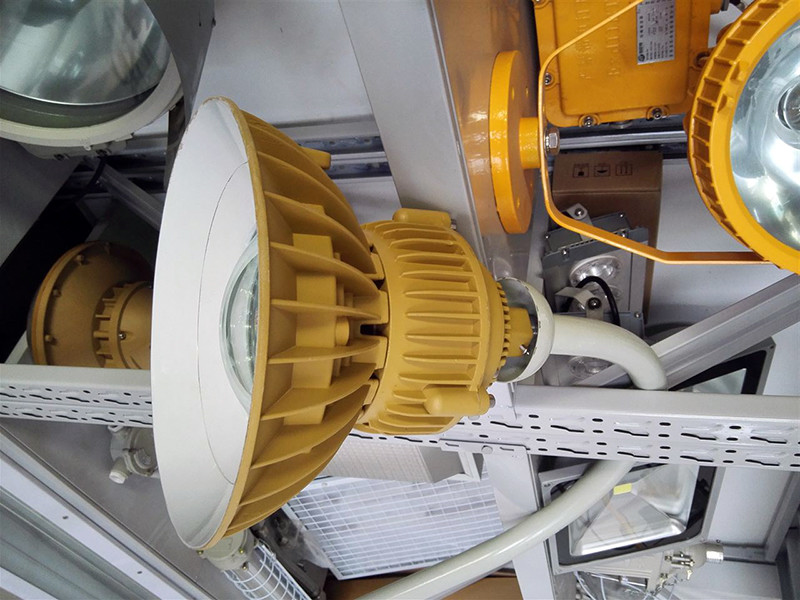The market is flooded with various types of LED explosion-proof lights, each with different specifications from various manufacturers. So, how does one choose from this wide array of products? As there are certain benchmarks to evaluate the performance of LED lighting fixtures, here’s a special guide to assist in the procurement process and help avoid losses in lighting projects due to inappropriate sourcing.

1. Color Rendering Index (CRI):
Before purchasing, it’s crucial to check the product specifications or ask the sales representative about the CRI. Generally, LED lights with a CRI between RA80 and 100 exhibit excellent color performance; those between RA50 and 79 have average color performance, while lights with a CRI below Ra50 have relatively poor color rendering. Therefore, it’s advisable to select LED lighting fixtures with a high CRI.
2. Avoid Glare:
Glare significantly impacts the quality of lighting and should be minimized. Opt for lights that do not produce glare. Ideally, choose fixtures with frosted diffusers that emit a soft, even light.
3. Overall Luminous Efficiency of LED Lighting Fixtures:
The “luminous efficiency” of a finished LED light is the total luminous flux emitted by the LED under rated voltage divided by the total power consumed, measured in lumens per watt (lm/W). The higher this value, the better the energy-saving effect, and the less electricity used. Therefore, choose LED lighting fixtures with high lumens per watt (preferably greater than 80 lm/W; for instance, fixtures with an efficacy of ≥85 lm/W are a good choice).
4. LED Temperature Rise:
Typically, the permissible temperature rise for LED lights in use is between 25℃ to 30℃. Specifically, the temperature on the LED’s heatsink is the ambient temperature plus the allowable temperature rise. That means, if the ambient temperature is 37℃, the temperature on the LED heatsink should be 67℃ (37℃+30℃). If it exceeds this, the temperature rise is considered non-compliant. Heat is the enemy of LED performance; the less heat produced, the higher the luminous efficiency of the LED light. Additionally, a rapid rise in temperature on the heatsink indicates high thermal conductivity and low thermal resistance of the LED lighting fixture.
5. LED Lifespan:
The initial luminous flux of a new light is 100%. Over time, the luminous efficiency of the light will decrease. The lifespan of an LED is the time it takes for its luminous flux to reduce to 70% of the initial flux. Naturally, the longer the better. For instance, LEDs from reputable brands can last over 30,000 hours, which is especially convenient for large-scale lighting projects.
These are the tips for selecting LED explosion-proof lights. Hopefully, this guide will assist you in making informed decisions.
 Shenhai Explosion-Proof
Shenhai Explosion-Proof
